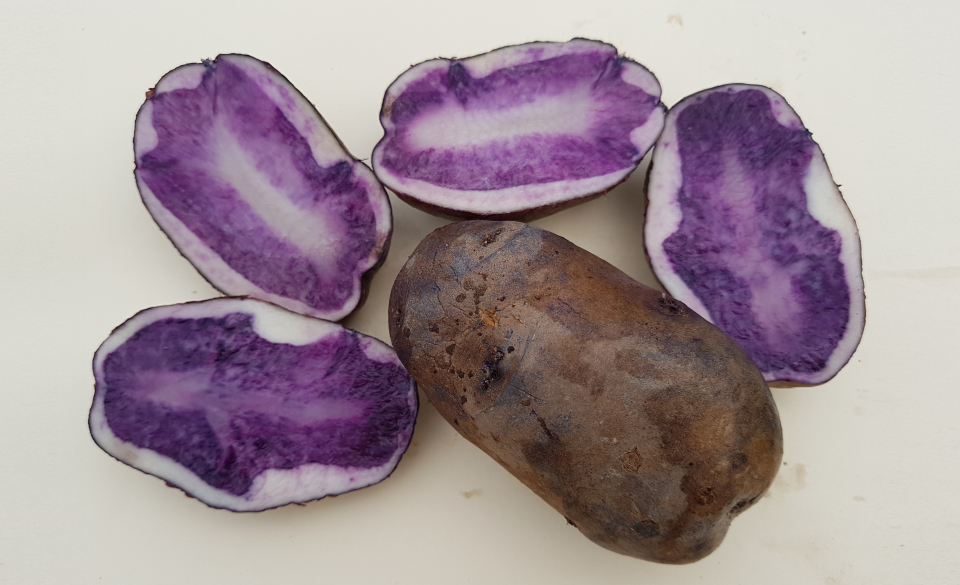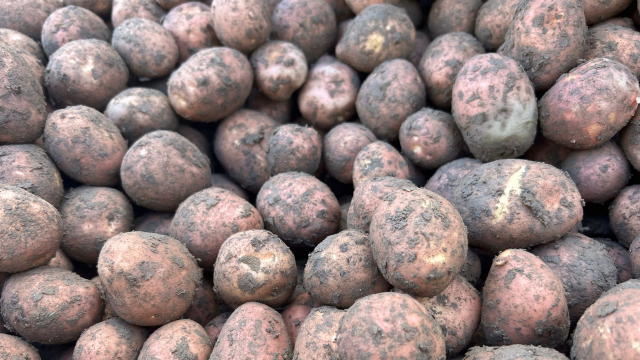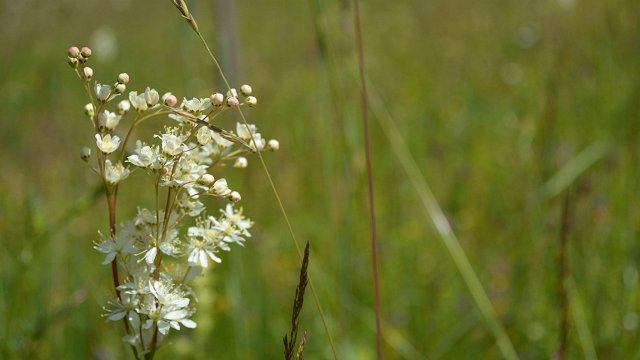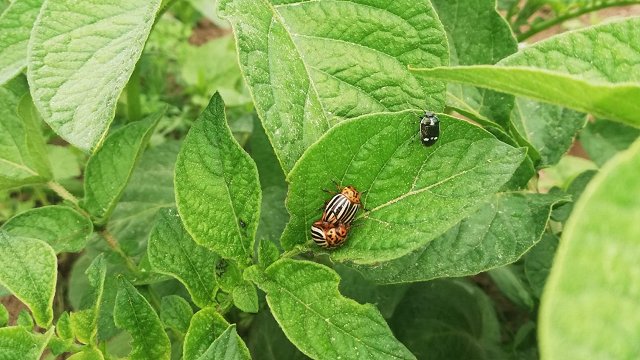Though Latvian jokes concerning potatoes seem to have disappeared for good, the vegetable nevertheless remains a staple in the Latvian diet. Planting seed potatoes at this time of year and the harvest in September are time-honored traditions bringing extended families together for good cheer. Ilze Skrabule, a potato breeder and researcher at the Institute of Agricultural Resources and Economics, spoke to LSM about the history and current goings-on regarding this humble veg.
The potato found its way into Latvia via two routes. Jacob, the fabled Duke of Courland, brought potatoes in from Hamburg and planted them in his manor garden in Kuldīga, western Latvia. His entourage did not find the tubers that tasty, and this was a setback to the potato's becoming a source of food.
Peter the Great promoted potatoes in the Vidzeme cultural region. He made everyone grow potatoes as they can help survive years of famine and war - cereal crops are susceptible to burning down, but the starchy tubers remain intact even in case of fire. The potato nevertheless did not become a staple and was grown only in small volumes, consumed in meals together with bread.
A series of plant wonders
Latvians like to think they are more in tune with the seasons than most. With that in mind, we'll be guiding you through the next few months with this series on the plants you can encounter from autumn onwards.
Since its arrival in Latvia, the potato has been endowed with numerous humble-sounding names, such as buļba, guļba, tupelis, tupenis, topulis, ķēpulis, pampālis and others.
Even though it's easy to grow potatoes in Latvia, potato farming has decreased precipitously within the past thirty years. Before Latvia regained independence, some 150,000 hectares of land were used for potato farming, compared to the current 22,000. It is explained by the loss of access to the Russian market, as well as with consumers opting for food that's easier to cook and doesn't have to be peeled. This is a pan-European trend, which has prompted vendors to try and sell potatoes that have been peeled beforehad.
As the world's fourth-largest food crop, it's definitely a well-researched and advanced plant. Breeders in the Netherlands and Germany are the most active in creating new varieties. Some 60 have been made in Latvia, as well. Breeders mostly aim for tuber mass, resistance to diseases and pests, as well as earlier harvests and starch content. The latter is particularly important in Latvia as local Aloja Starkelsen is the only potato starch producer in the Baltics.
Potato breeding took off in Latvia with Pēteris Knape, who corresponded with breeders across the world in the eleven languages he spoke. He was succeeded by Ērihs Knape, who started working at the Priekuļi breeding station in 1931. Knape junior's Zeltīte and Laimdota varieties were at one point grown in 60% of the land used for potato farming in Latvia.
Vilis Gaujers, meanwhile, has created the Agrie Dzeltenie (Early Yellow) variety, which stands out as particularly starchy. Vita is suitable as fodder, while Gauja has been selected for resistance to diseases and Brasla for organic farming.
Breeder Gunta Bebre has authored a number of varieties, such as Sigunda. These are harvested rather late and, in a twist, Sigunda potatoes don't darken when they are let to sit after boiling. Together with Ilze Skrabule, they've created the Jogla. It has pretty purple flowers and contains a lot of starch, meaning it can be farmed industrially. Skrabule has been selecting varieties since the late 1980s. She has authored Rigonda, which has big and round tubers with a yellow skin and pulp.





























